/cajon-pass/
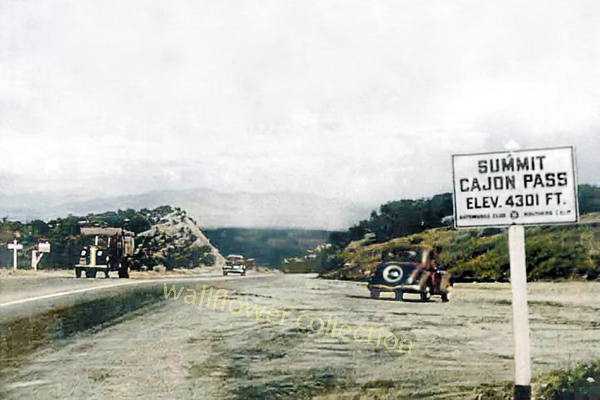
In Southern California, the Cajon Pass is a significant geographical feature through which historic Route 66 passes. Here’s a brief overview of the history of Route 66 through the Cajon Pass:
- Early Years:
- The area around Cajon Pass has been a natural corridor for travel for centuries, used by Native American tribes and early Spanish explorers.
- In the 19th century, as the United States expanded westward, various trails and wagon routes traversed Cajon Pass.
- Railroad Era:
- The construction of the railroad in the late 19th century significantly impacted transportation through the Pass.
- The railroad became a major mode of transportation, rendering the pass a vital link in the national rail network.
- Route 66 and the Automobile Era:
- In 1926, Route 66 was established, connecting Chicago to Los Angeles. This iconic highway symbolized westward migration, economic development, and the American love for the open road.
- Route 66 passed through Cajon Pass, providing a direct route for motorists traveling between the Midwest and the West Coast.
- Development and Upgrades:
- Over the years, various improvements and realignments were made to Route 66 through Cajon Pass to accommodate the growing volume of traffic.
- The pass saw upgrades in terms of road infrastructure and engineering, making the journey more efficient for travelers.
- Decline and Bypassing:
- As the interstate highway system was developed, newer and more efficient roads bypassed sections of Route 66, contributing to the eventual decline of the historic route.
- In the 1960s, portions of Route 66 through Cajon Pass were bypassed by Interstate 15, which became the primary route for modern transportation.
- Recognition and Preservation:
- In the late 20th century, interest was resurgent in preserving and commemorating Route 66’s history.
- Today, portions of the historic route, including those through Cajon Pass, are designated as historic byways, attracting tourists interested in experiencing a piece of America’s past.
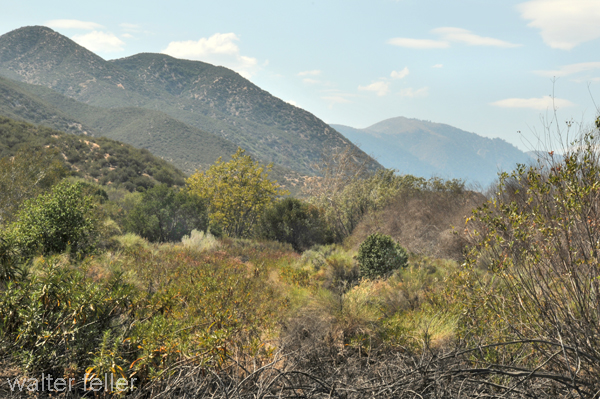
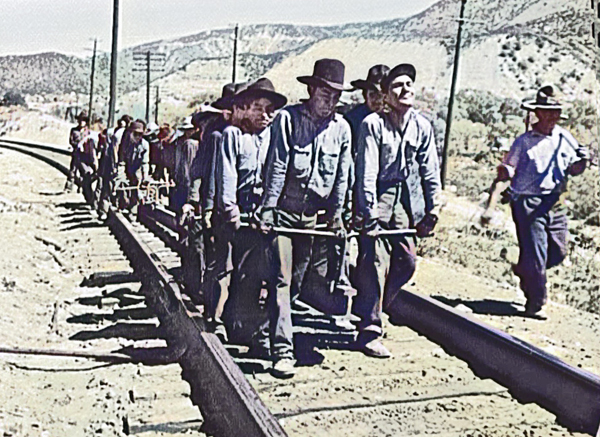
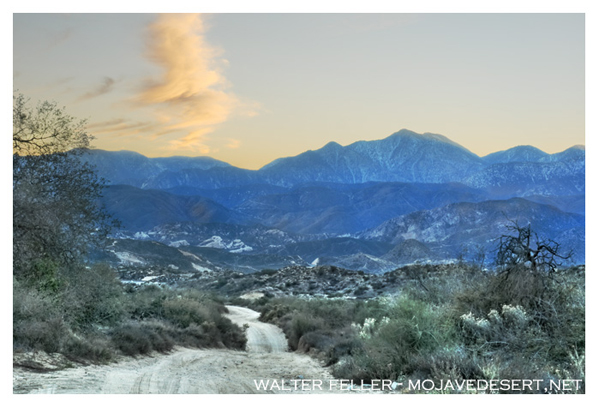
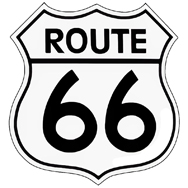
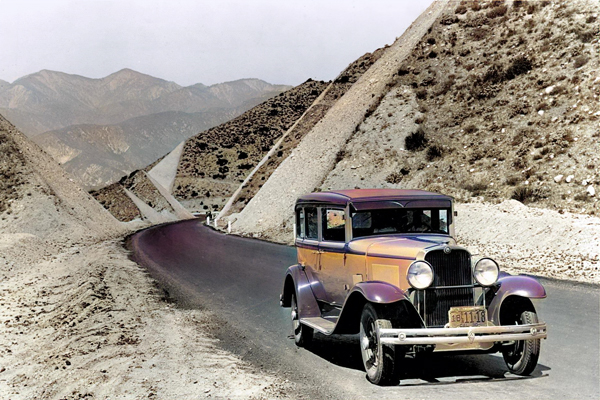
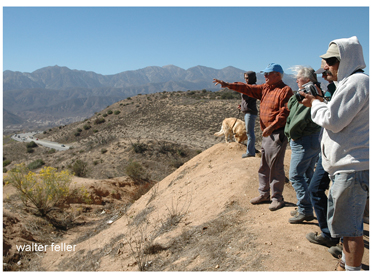
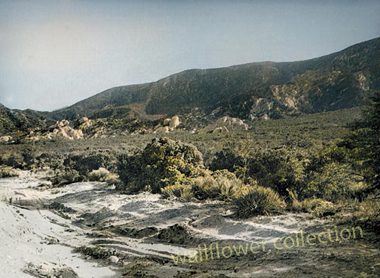
Cajon Pass remains a notable landmark along the historic Route 66, and efforts to preserve this iconic highway’s history and heritage continue to interest enthusiasts and historians alike.